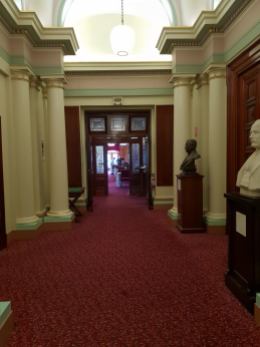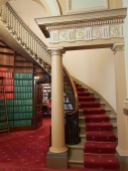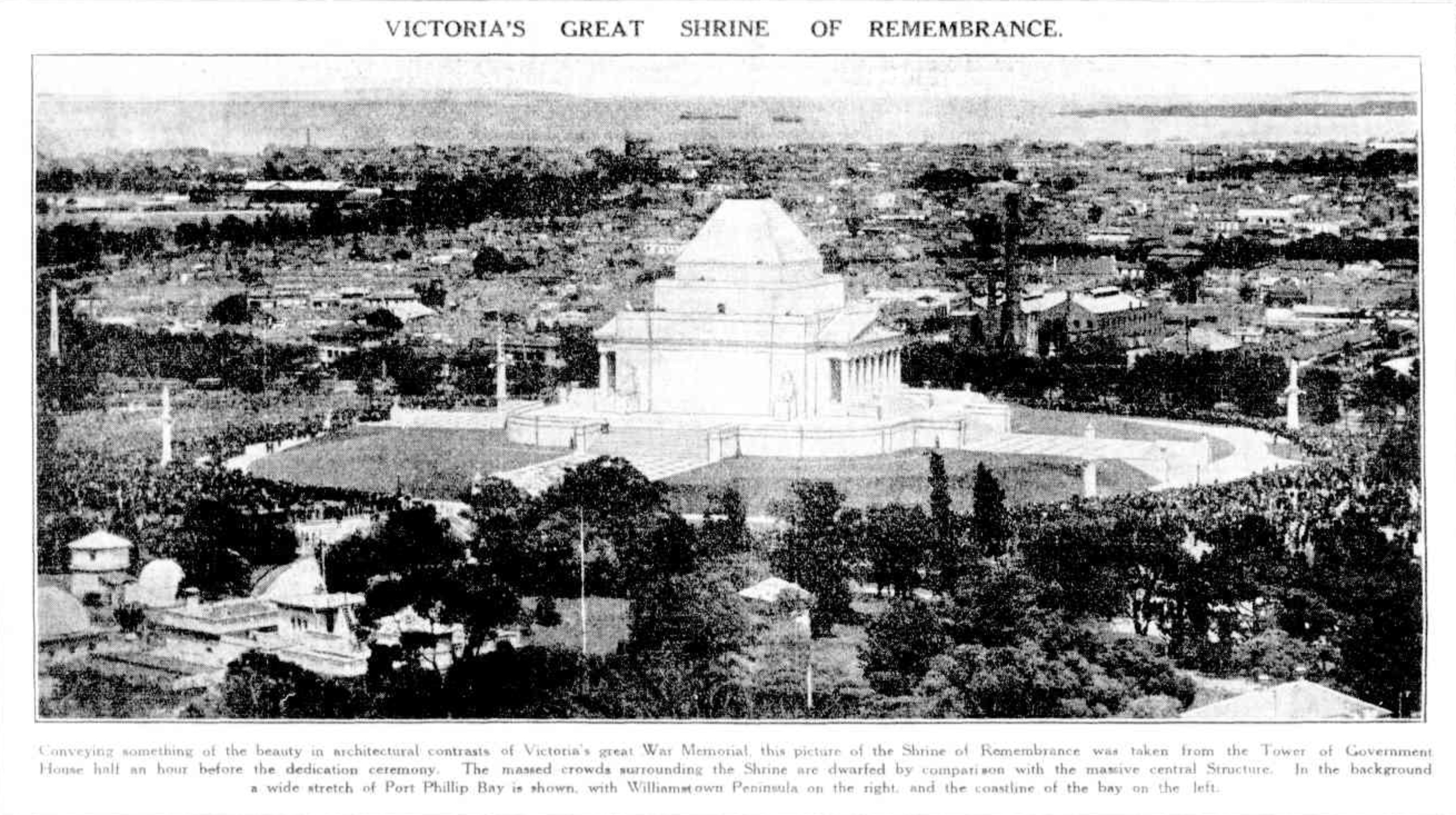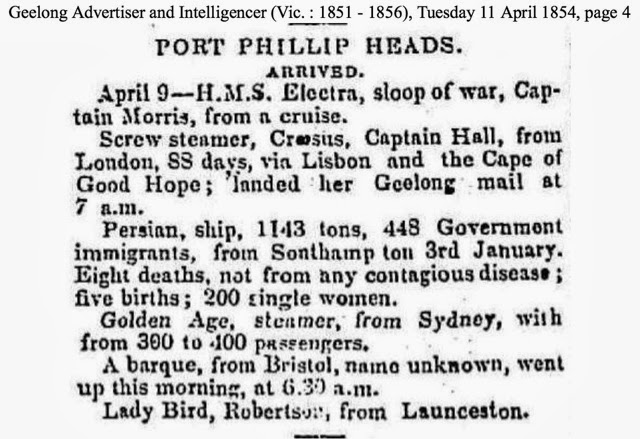My great great grandfather Philip Champion de Crespigny (1850 – 1927) was General Manager of the Bank of Victoria.
One of my cousins recently obtained a photograph of the staff of the bank in 1917 from the Historical Services Curator of the National Australia Bank (which was formed by the amalgamation of the Bank of Victoria with the Commercial Banking Company of Sydney in 1927 and the National Bank of Australasia in 1982).
The photo appears to have been taken on the roof of the bank’s head office in Collins Street. There are no names with the photo, but clearly recognisable seated at the centre is Philip Champion de Crespigny.
His obituary notice in the Argus (Melbourne), on 12 March 1927, outlines Philip de Crespigny’s banking career:
[Crespigny] joined the service of the Bank of Victoria in June, 1866, as a junior clerk. After spending a few years in country districts in service of the bank he was promoted to the position of manager at Epsom, and he filled a similar position at other country towns. Subsequently he was placed in charge of the South Melbourne branch of the bank. At the end of 1892 he was appointed assistant inspector, and he continued to act in that capacity until 1908, when he took the office of chief inspector. In 1916 he became general manager of the bank in succession to Mr George Stewart.
At the time of his first marriage, to Annie Frances Chauncy in 1877, Philip de Crespigny was the manager of the Bank of Victoria branch at Epsom five miles north-east of Bendigo. His oldest son Philip was born there in 1879. In early 1882 Philip moved from Epsom to Queenscliff, a small town on the Bellarine Peninsula, 30 kilometres south-east of Geelong. The Bank of Victoria was at 76 Hesse Street. Philip’s son, my great grandfather Constantine Trent, was born at Queenscliff in March 1882. Philip’s wife Annie died at Queenscliff in 1883.
In 1886 Philip transferred to be manager of the Elmore branch, forty kilometres northeast of Bendigo. In 1887 he was appointed manager of the South Melbourne branch. In 1888 he became Assistant Inspector of Branches, and was appointed Inspector of Branches in 1908. In 1916 he became the bank’s General Manager.
Another obituary, in the Melbourne Herald of 11 March 1927, notes that Philip was remembered for his “ability as a financial expert [and this] was known throughout Australia. During the war period, he gave his services freely to the Government, his advice having been of the greatest value to the country.”
A 1918 photograph of the Bank of Victoria’s office in Collins Street shows an advertisement for the 7th War loan.
In its half-yearly reports during the war the Bank made mention of employees who had been killed in action or died of wounds.
Philip had six sons of whom the four eldest served in the war and one, Philip, was killed in 1918.
RELATED POSTS
- BRAVE BOY IN SHOOT-OUT WITH BUSHRANGER, LATEST NEWS
- Trove Tuesday: discreditable conduct in church
- Wedding Wednesday: Philip Champion de Crespigny married Annie Frances Chauncy 25 October 1877
- E is for entertainment in Epsom
- Q is for Queenscliff in 1882
- de Crespigny – Beggs 1891 wedding
- The Bank of Victoria in Collins Street
- O is for ‘Ottawa’ Gladstone Parade Elsternwick
Wikitree:









































































